From slitting to rewinding: the versatile all-in-one solution for slitters
In the processing of paper tubes, films, non-woven fabrics, paper and other materials, slitting and rewinding are key processes. Traditional production processes often require multiple independent equipment (e.g., slitter, rewinder, inspector, etc.), resulting in low efficiency, high loss, and manual intervention. The multi-functional all-in-one slitting and rewinding machine can greatly improve production efficiency and product quality by integrating slitting, rewinding, testing, packaging and other functions. Here are its core solutions and benefits:
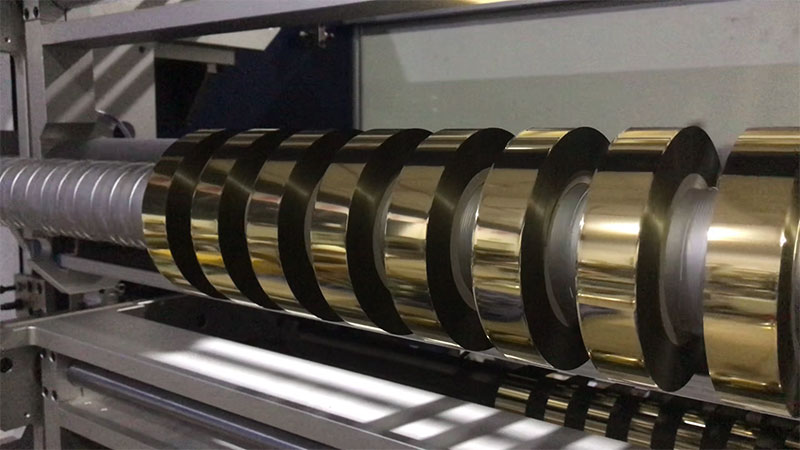
1. Multi-functional all-in-one design
Integration of core functions
• Slitting + rewinding synchronization completed:
The high-precision slitting knife group (round knife, air expansion shaft, etc.) is used to link with the automatic rewinding device, and the slitted material directly enters the rewinding station, eliminating the intermediate handling and rewinding time.
• In-line inspection system:
Integrated CCD vision or laser sensor to detect slitting edge quality, thickness deviation, fouling, etc. in real time, and automatically mark defects and sort.
• Automatic roll change and splicing:
Equipped with a servo-driven splicing arm and tailing handling system, it realizes non-stop roll change (e.g. flying splicing, lap technology) and reduces downtime.
Optional expansion modules
• Automatic labeling/coding
• Automatic winding and dust removal of waste edges
• Tension control + web guiding system (to ensure a flat coil)
• Data traceability (binding production batches, process parameters)
2. Key technologies to improve efficiency
High-speed slitting and precise control
• Multi-motor synchronous drive: each station is controlled by independent servo motor to avoid the speed deviation of traditional mechanical transmission.
• Dynamic tension adjustment: The tension of unwinding, slitting and rewinding is adjusted in real time through the PID algorithm to prevent the material from stretching or wrinkling.
• Intelligent knife arrangement system: the software automatically calculates the slitting width and knife position, and supports one-key specification change (such as switching from Φ50mm paper core to Φ30mm).
Automation and intelligence
• PLC + touch screen control: preset process recipes, store the slitting and rewinding parameters of different products.
• Internet of Things (IIoT) remote monitoring: Collect real-time data on equipment status, output, and energy consumption to predict maintenance needs.
• AI-optimized cutting path: reduce material waste (e.g. for odd-shaped slitting).
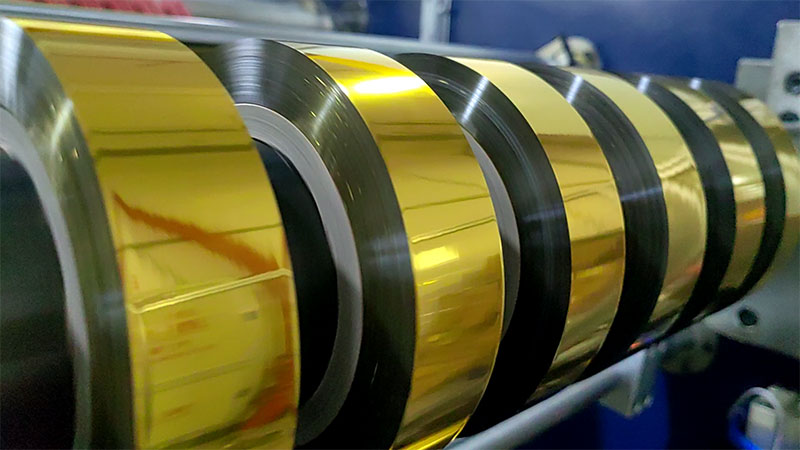
3. Typical application scenarios
• Paper Tube Industry:
Slitting long paper tubes → rewound into short tubes (such as sanitary roll paper cores and industrial tubes), and supports special processes such as bevel cutting and step cutting.
• Film/Nonwoven:
Slitting large rolls and rewinding → small rolls to complete surface dust removal and defect detection simultaneously.
• Labels & Packaging Materials:
After slitting, it is directly rewound and labeled, and the whole process of "slitting-rewinding-packaging" is automated.
4. Comparison with the traditional slitting and rewinding process
| Index | Traditional multi-machine slitting + rewinding | Multi-functional all-in-one equipment |
| Frequency of manual intervention | High (need to be transported, multiple feeding) | Low (fully automatic assembly line) |
| Production cycle | Slow (single-machine segmented operation) | Fast (simultaneous slitting and rewinding) |
| Material loss rate | High (intermediate links are easily damaged) | 30%~50% reduction |
| Changeover time | 30 minutes ~ 2 hours | < 10 minutes (one-click parameter switching) |
| Floor space | Large (multiple devices) | Save more than 50% space |
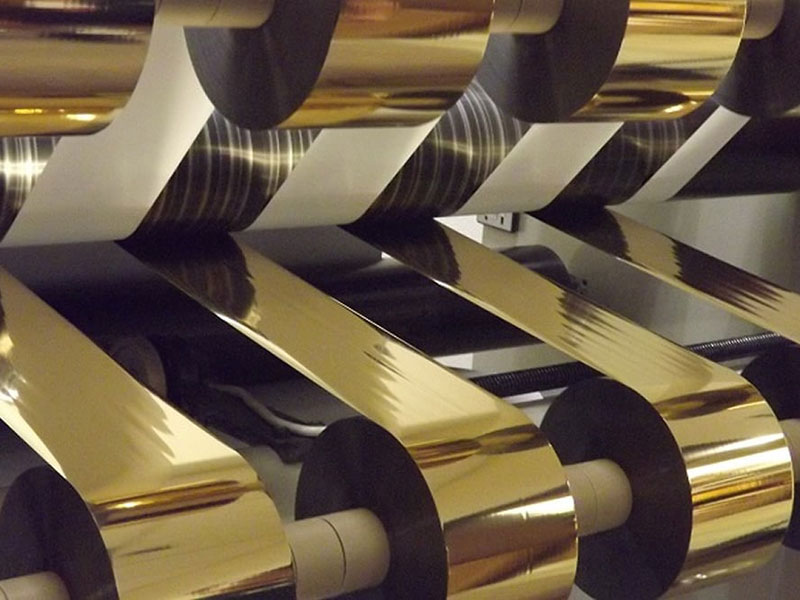
5. User Benefits
• Efficiency improvement: increase production capacity by 40%~70% and reduce the waiting time between equipment.
• Cost reduction: labor reduction of 60%+, material utilization optimization (such as slitting width tolerance control at ±0.1mm).
• Stable quality: On-line detection ensures that defective products are rejected immediately and the rewinding tightness is consistent.
• Flexible production: Quickly respond to small-batch, multi-specification orders (e.g., 10 specifications can be switched within 1 hour).
6. Implement recommendations
1. Demand analysis: clarify material properties (such as thickness, elasticity), slitting accuracy requirements (such as ±0.05mm), and rewinding speed (such as 300m/min).
2. Customized configuration: choose single-station/multi-station rewinding according to the output, or add dusting/labeling modules.
3. Supplier evaluation: Priority is given to equipment manufacturers with tension control patents and intelligent operation and maintenance systems.
Through the multi-functional all-in-one slitting and rewinding machine, enterprises can significantly shorten the production process and realize the "stand-alone closed loop" from raw materials to finished products, which is especially suitable for high-precision, high-volume or multi-variety production scenarios.
Recent Post
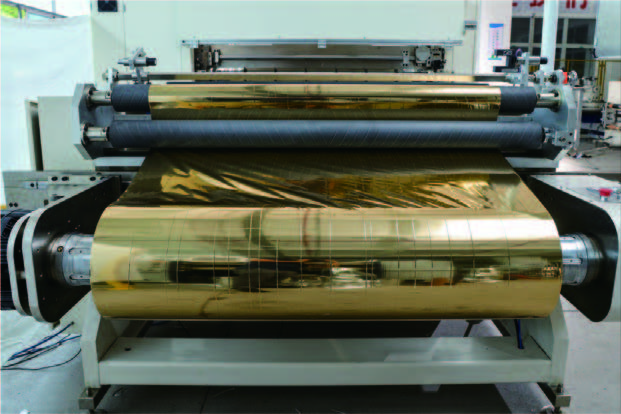 Automation from slitting to rewinding: How to reduce manual intervention and increase productivity?
Automation from slitting to rewinding: How to reduce manual intervention and increase productivity?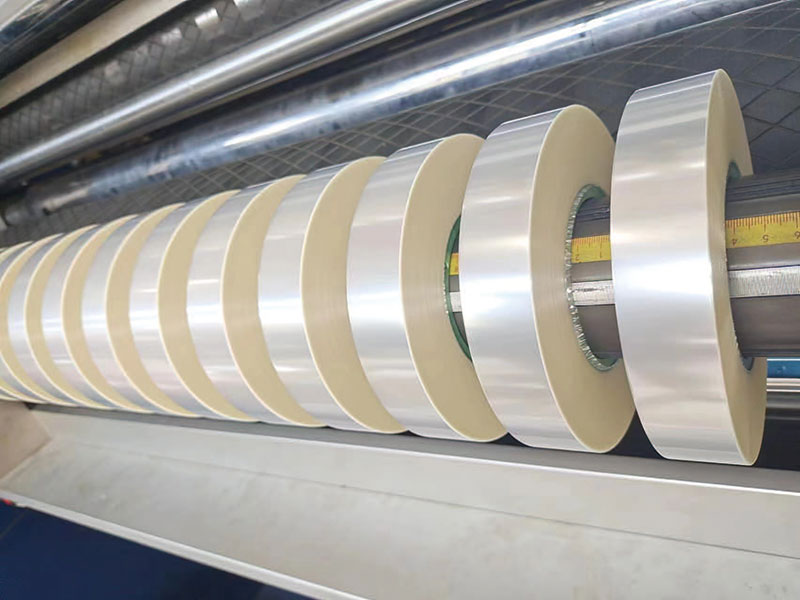 The central role of slitting machines in the production of PE, PP, PET films
The central role of slitting machines in the production of PE, PP, PET films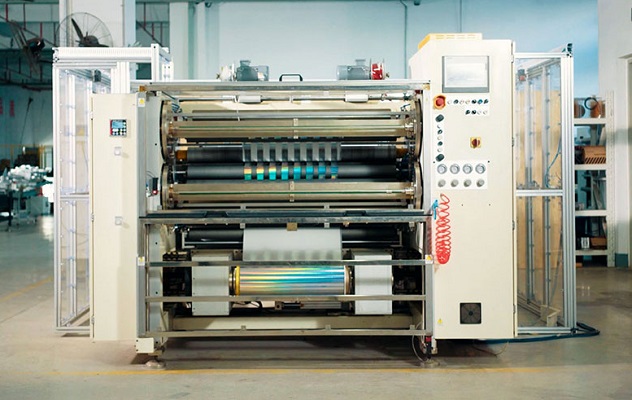 Automatic slitter: a key function to improve production efficiency
Automatic slitter: a key function to improve production efficiency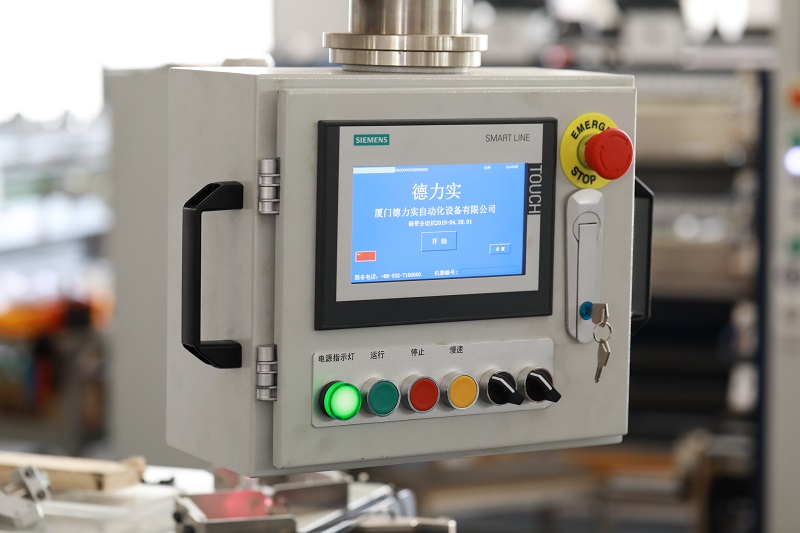 The era of intelligent slitting: how to simplify the operation of PLC control + man-machine interface?
The era of intelligent slitting: how to simplify the operation of PLC control + man-machine interface?
Related Product
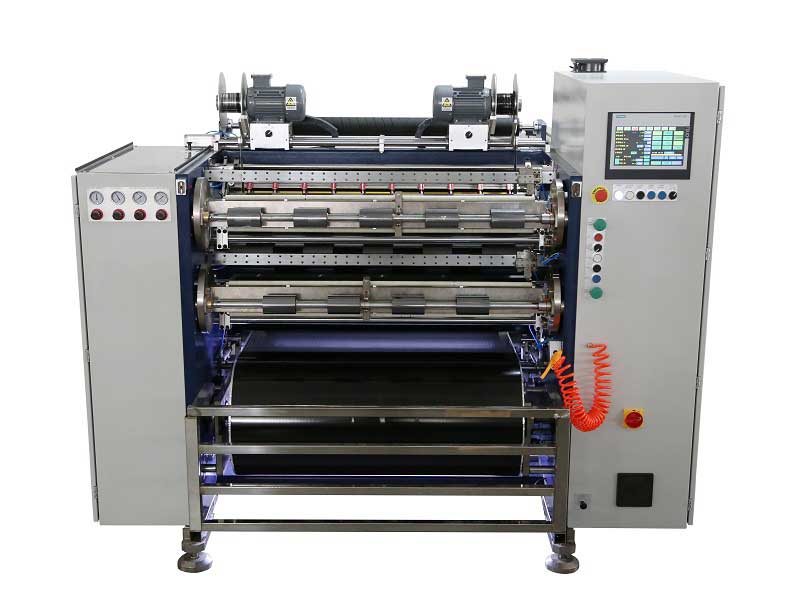 Automatic Thermal Transfer Ribbon Slitting Machine RSDS8 H PLUS
Automatic Thermal Transfer Ribbon Slitting Machine RSDS8 H PLUS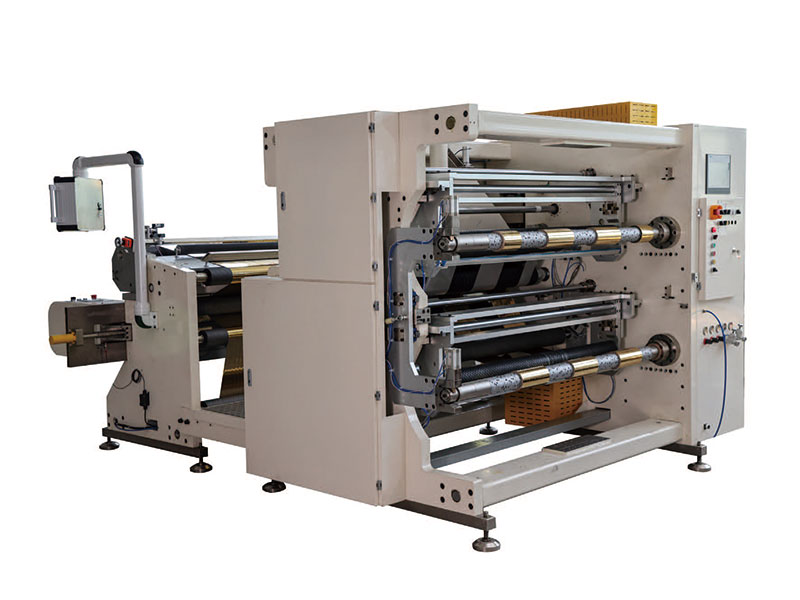 1400mm Hot Stamping Foil Slitting Machine
1400mm Hot Stamping Foil Slitting Machine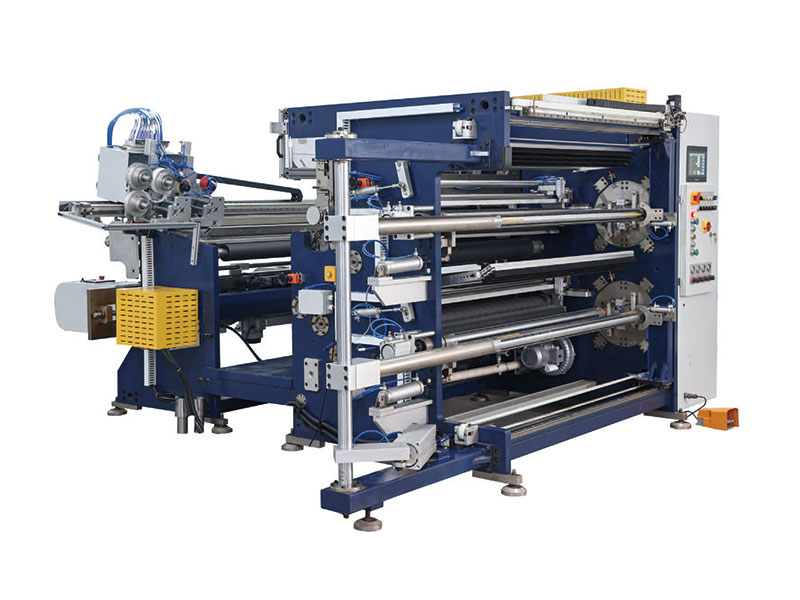 1350mm Hot Stamping Foil Slitting Machine
1350mm Hot Stamping Foil Slitting Machine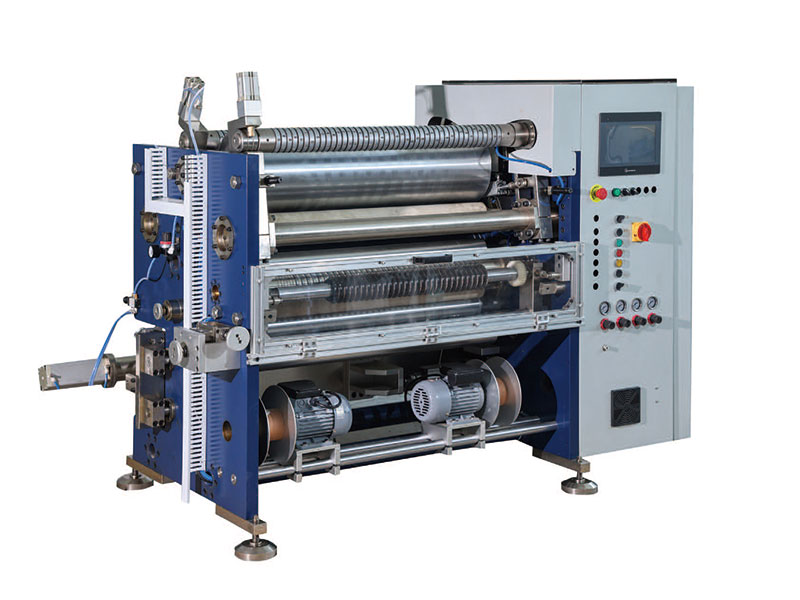 800mm Hot Stamping Foil Slitting Machine
800mm Hot Stamping Foil Slitting Machine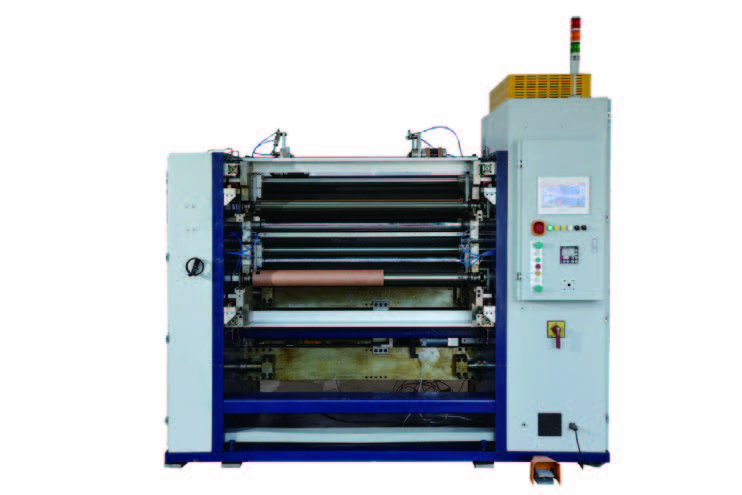 New Energy Ultra-thin Film Slitting Machine For Capacitive Film
New Energy Ultra-thin Film Slitting Machine For Capacitive Film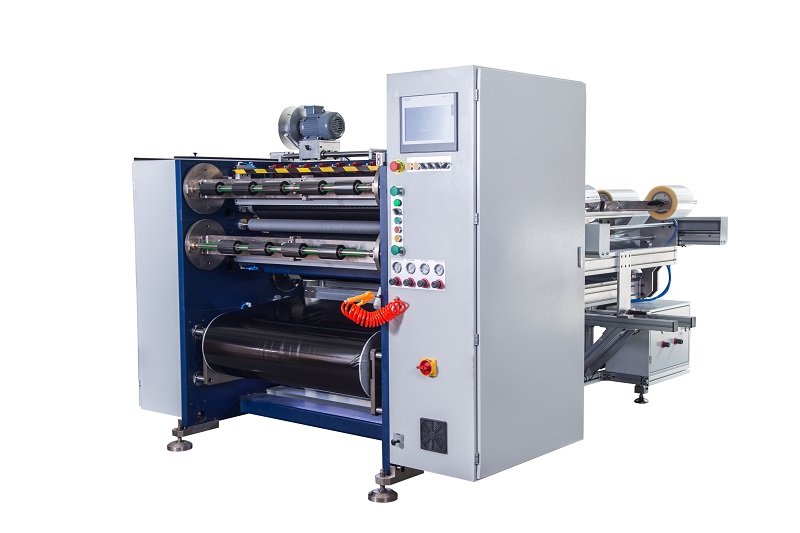 Semi Automatic Thermal Transfer Ribbon Slitting Machine RSDS5 PLUS
Semi Automatic Thermal Transfer Ribbon Slitting Machine RSDS5 PLUS High Speed Slitting Machine
High Speed Slitting Machine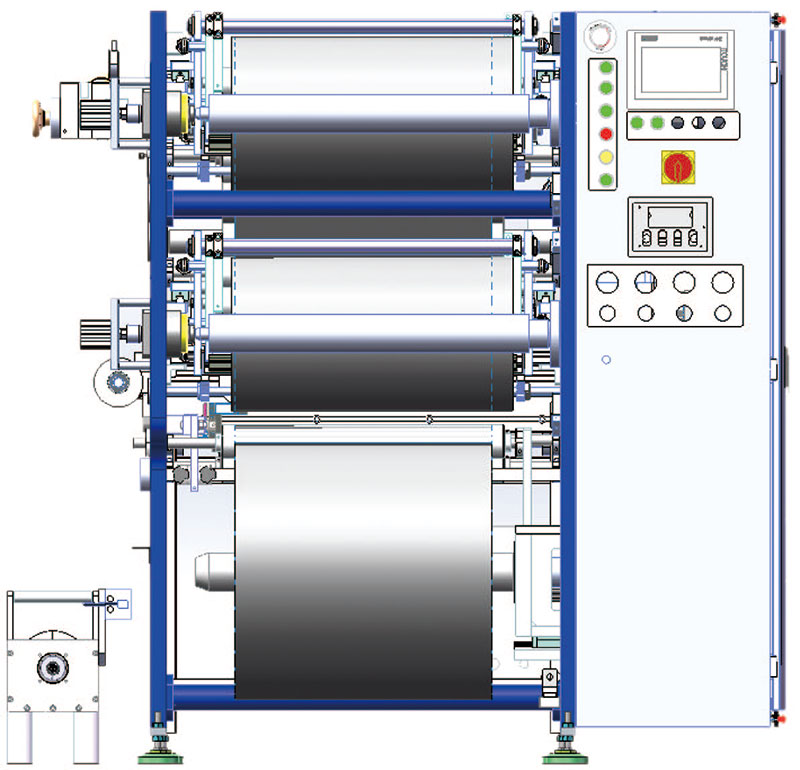 Customerized Slitter
Customerized Slitter


